Thinking about lab grown diamonds? This post will give you the most comprehensive deep dive into laboratory grown diamonds, giving you more knowledge than 90% of the sales people out there and making sure you are getting the best quality diamond.
Having been in the diamond industry for over 25 years, working as a…
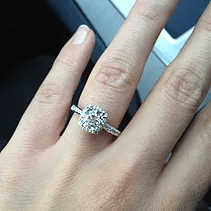
Are you a little bit of a techno geek like me? Do you love the anticipation of getting your hands on the latest trend in technology? If you are then I bet you can’t wait for the newest Apple product to land (Yes, I am a diehard follower – sorry to all the Android lovers)…
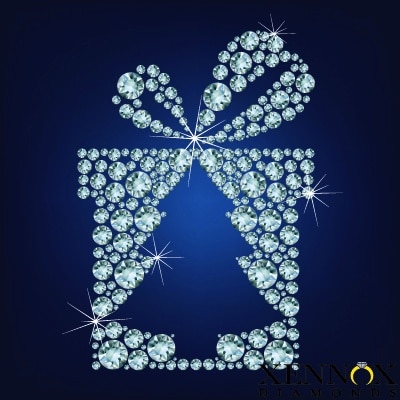
Believe it or not Christmas and New Year’s Eve are the two biggest events on the calendar for proposals. Having helped over 5800 couples on their journey to finding their perfect engagement ring, it never ceases to amaze me how popular this time of year is.
I can't really blame guys for choosing this time to propose.…
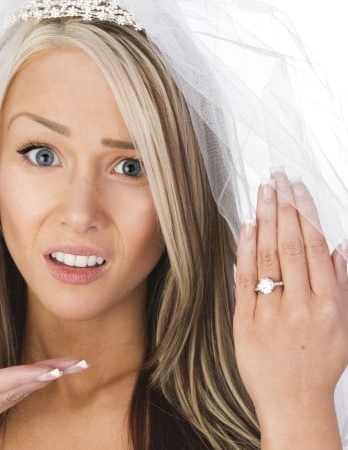
Have you ever wondered what you should do, if you hate your engagement ring. I know hate is a very strong word, and most ladies would be happy with whatever their partner chose.
But for some the engagement ring is their most prized possession, so it simply has to be perfect.
So if…
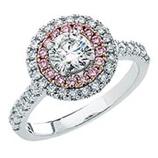
Rhodium plating is something that is done almost every day in a manufacturing workshop. Because it is something that is done by hand, there are times when it doesn't always work out as perfectly as you would like. Every good workshop should have someone who is appointed as a quality control agent. Here are the…
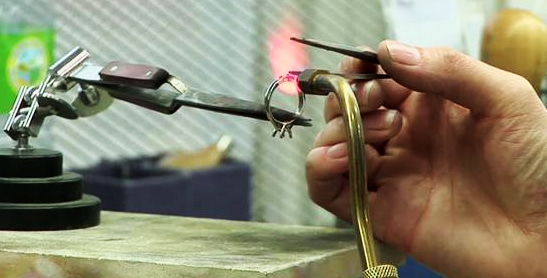
Resizing rings is something of a daily occurrence for manufacturing jewellers. However it never ceases to amaze me how many times I hear from clients who have been to other jewellers that a ring can not be resized to suit their fingers. While it may be difficult at times to resize a ring, it is…
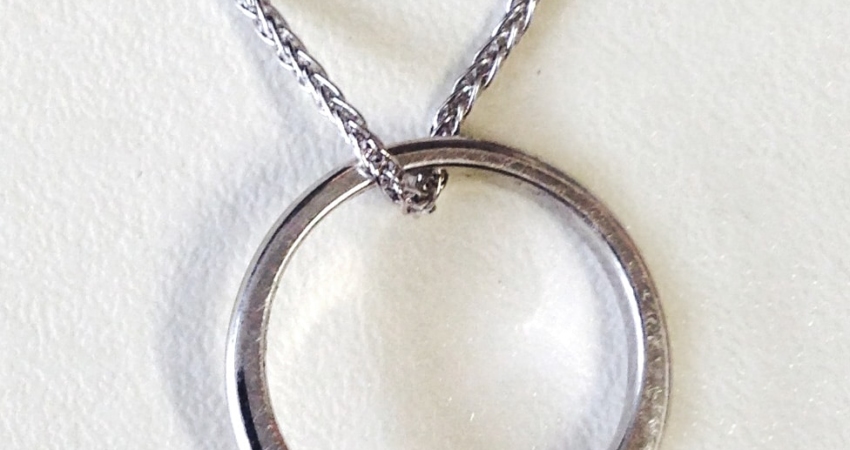
Gym's are great for personal fitness but a gym will kill your rings. Some of the most destroyed pieces of jewellery i have ever seen come from avid gym trainers who wear their jewellery at the gym. If you want to protect your ring and increase its life expectancy, then here are some things to…
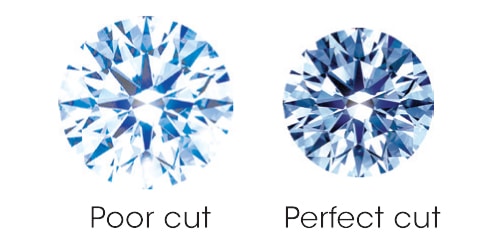
Research Shows – Size Doesn't matter !!!
Diamond Size Vs Quality
A recent study found that 84% of respondents surveyed, stated that they would prefer a smaller diamond size if it was of a higher quality. This was in line with further questioning that showed that 86% didn't want a showy engagement ring at the expense…
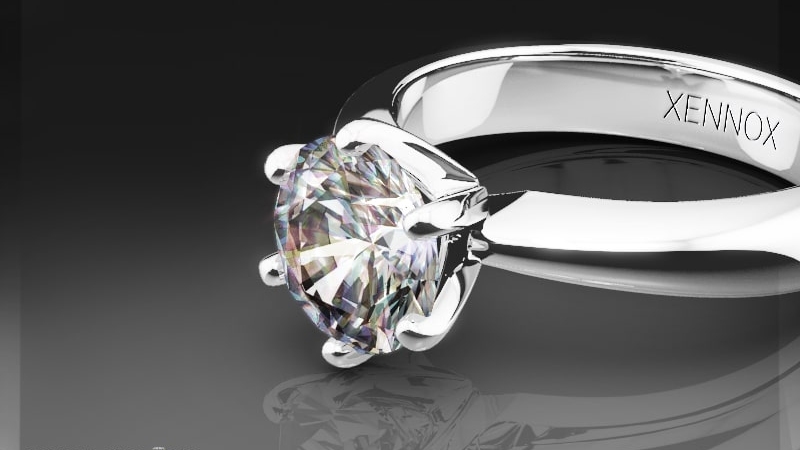
1. Does my white gold need to a rhodium plating ?
Yes. All white gold, is essentially an alloy of pure (24ct) yellow gold, so it is natural to assume that it has a yellow tinge. The rhodium plating is a process which gives the white gold its ultra white colour by placing a…

